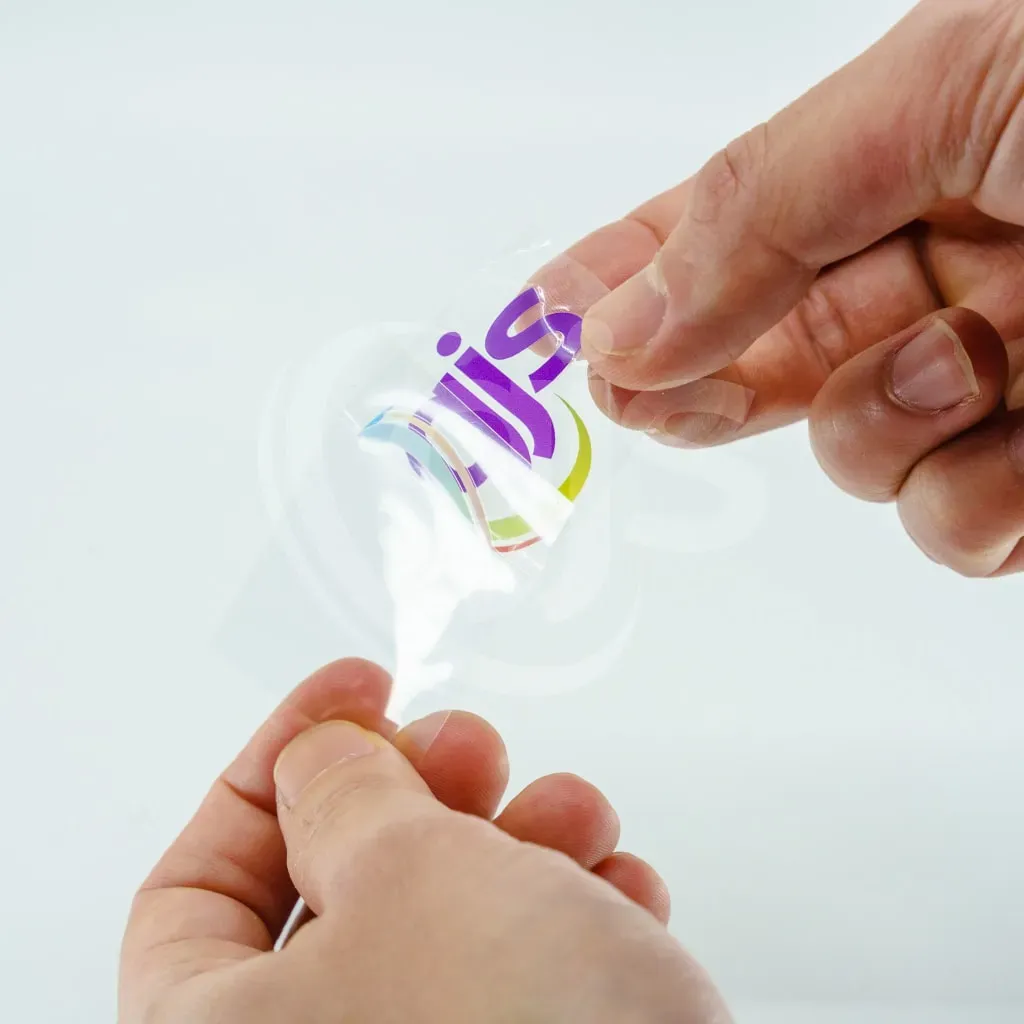UV DTF, or UV Direct-to-Film printing, is revolutionizing the printing landscape, delivering unparalleled versatility and quality across a myriad of surfaces. This innovative UV printing technology allows businesses to effortlessly decorate materials such as plastics, textiles, wood, and metals with vibrant, high-resolution images. By utilizing ultraviolet light for rapid ink curing, UV DTF not only ensures impressive durability but also minimizes waste, providing a more sustainable printing method compared to traditional processes. The rise of UV DTF printing has opened the door for custom products, enabling companies to meet diverse market demands efficiently. To fully capitalize on the benefits of UV DTF, understanding its technology and applications is essential for any modern business aiming to thrive in a competitive environment.
Known also as ultraviolet direct-to-film printing, this advanced method harnesses cutting-edge technology to produce stunning visuals on various substrates. By employing direct-to-film techniques, businesses can achieve superior image quality with enhanced longevity. This sustainable printing approach not only reduces material consumption but also supports eco-friendly practices, aligning with the growing demand for environmentally conscious production. As industries continue to explore innovative decoration options, understanding ultraviolet DTF’s benefits becomes integral to maintaining a competitive edge. Utilizing this modern printing solution opens new avenues for creative design and manufacturing across sectors.
Understanding UV DTF Printing Technology
UV Direct-to-Film (DTF) printing leverages cutting-edge ultraviolet printing technology to produce high-quality images across various surfaces. This innovative process directly applies ink onto a special film that is then cured by UV light, ensuring vibrant color reproduction and exceptional durability. Unlike conventional printing methods, UV DTF enables users to print on a diverse range of materials, including textiles, wood, metal, and plastic, making it an ideal choice for businesses that require versatility in product offerings.
This advanced technique not only offers unparalleled quality but also significantly reduces material waste, aligning with the growing demand for sustainable printing methods. Companies adopting UV DTF can invest in eco-friendly operations while still delivering top-notch products, meeting both consumer needs and environmental standards. Understanding the nuances of UV DTF technology is vital for businesses looking to leverage these benefits and stay competitive in the ever-evolving printing landscape.
Frequently Asked Questions
What is UV DTF printing and how does it work?
UV DTF printing, or UV Direct-to-Film printing, is an advanced printing technology that applies UV light to cure ink on specially coated transfer film, allowing high-quality images to be printed on various surfaces like plastics, metals, and textiles. This process enhances adhesion and durability, resulting in vibrant prints that resist fading and scratches.
What are the main benefits of using UV DTF technology?
The benefits of UV DTF technology include versatility in printing on multiple substrates, exceptional durability of UV-cured inks, and a more sustainable approach compared to traditional printing methods, leading to reduced waste and lower operational costs.
How do I choose the right transfer film for UV DTF printing?
Selecting the appropriate transfer film for UV DTF printing is crucial for achieving optimal print quality. Look for films specifically designed for UV inks, as they provide the necessary adhesion and quality needed for a successful print. Testing various films can help identify the best options for your specific projects.
Can UV DTF printing be considered a sustainable printing method?
Yes, UV DTF printing can be considered a sustainable printing method. It reduces waste by minimizing the use of consumables and utilizes eco-friendly inks. This makes it a viable option for companies looking to adopt more sustainable practices in their production processes.
What equipment do I need to start UV DTF printing?
To start UV DTF printing, you will need a high-quality UV printer designed for DTF applications, suitable transfer films, and an appropriate adhesive powder to ensure ink adheres properly to various substrates. Additionally, a curing system with UV lamps or LEDs is essential for the curing process.
Are there any recent trends in UV DTF printing technology?
Recent trends in UV DTF printing technology include an increased focus on sustainability, with businesses opting for eco-friendly inks and materials. Additionally, advancements in printer technology are leading to higher resolutions, faster printing speeds, and a growing demand in custom apparel and promotional products markets.
| Key Point | Details |
|---|---|
| Overview of UV DTF Technology | UV DTF is an advanced printing technique that uses UV light to cure ink, allowing for vibrant and durable prints on diverse materials. |
| Key Components | Includes a specialized printer, transfer film, adhesive powder, and a curing system that uses UV lamps/LEDs for solidifying ink. |
| Benefits of UV DTF Printing | Offers versatility, durability, and reduced waste compared to traditional methods, appealing to various industries. |
| Getting Started with UV DTF | Invest in quality equipment, choose compatible materials, understand the process, and experiment to refine techniques. |
| Recent Developments & Trends | Focus on sustainability, technological advancements, and market growth in custom printing applications. |
| Useful Resources | Various platforms like Printweek and WhatTheyThink provide insights and updates on UV DTF technology. |
| Conclusion | UV DTF is a vibrant, evolving technology offering potential for customization and durability in print solutions. |
Summary
UV DTF printing is leading the charge in innovative print solutions, redefining how businesses approach customization and product decoration. As this technology continues to evolve, it showcases significant advantages such as versatility across substrates, enhanced durability of prints, and a commitment to sustainability. Companies adopting UV DTF can meet the growing demand for high-quality and environmentally friendly printing applications. Embracing UV DTF not only streamlines production processes but also positions businesses to thrive in competitive markets, ensuring they deliver exceptional value and creativity in their offerings.

